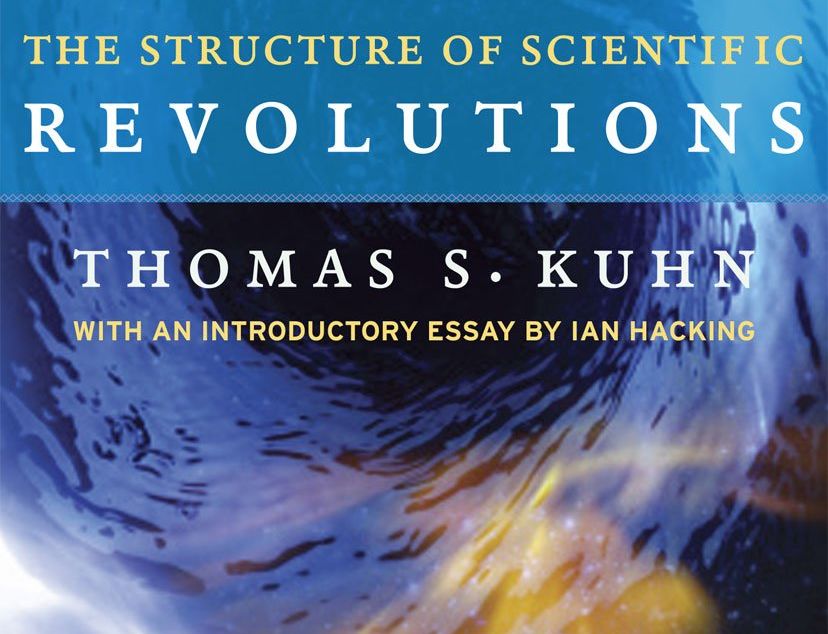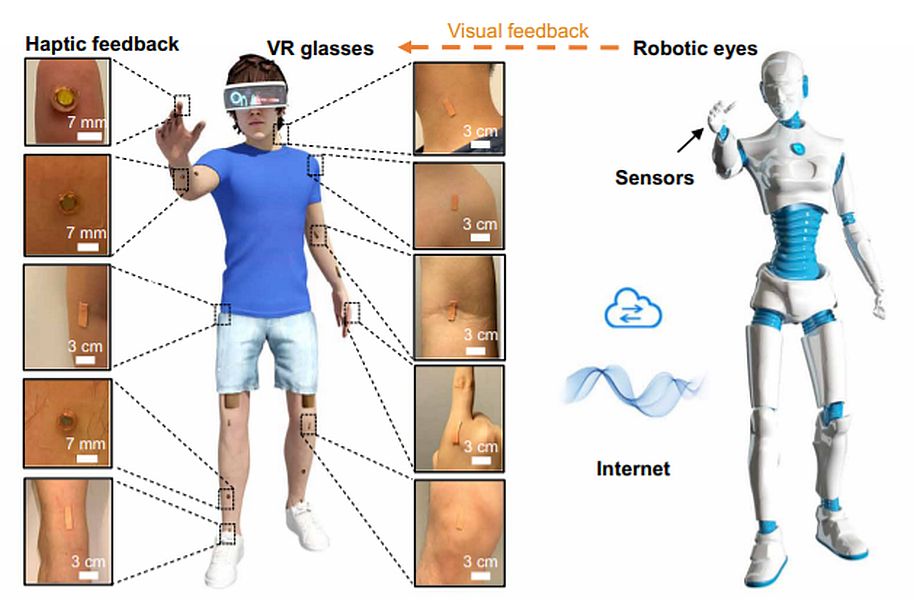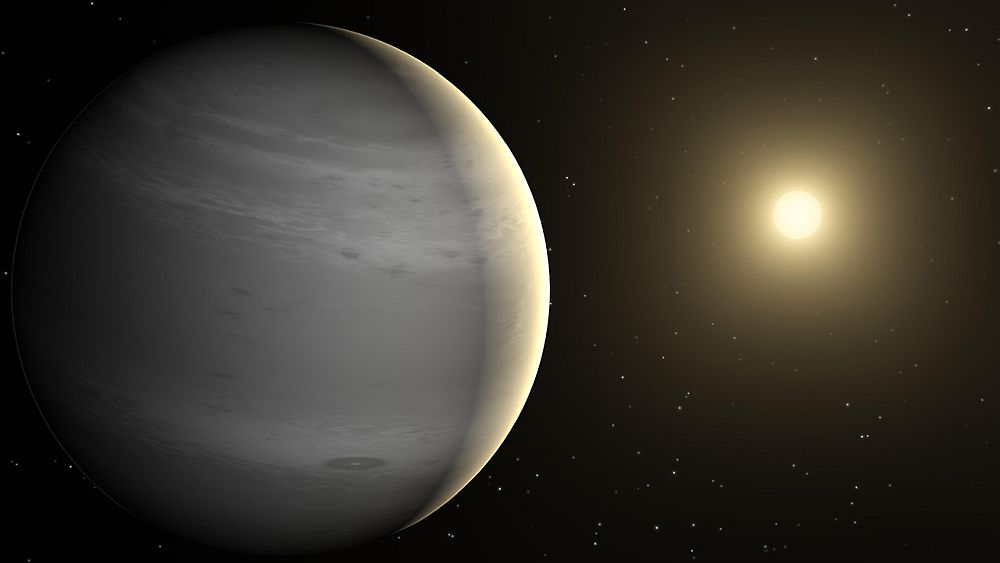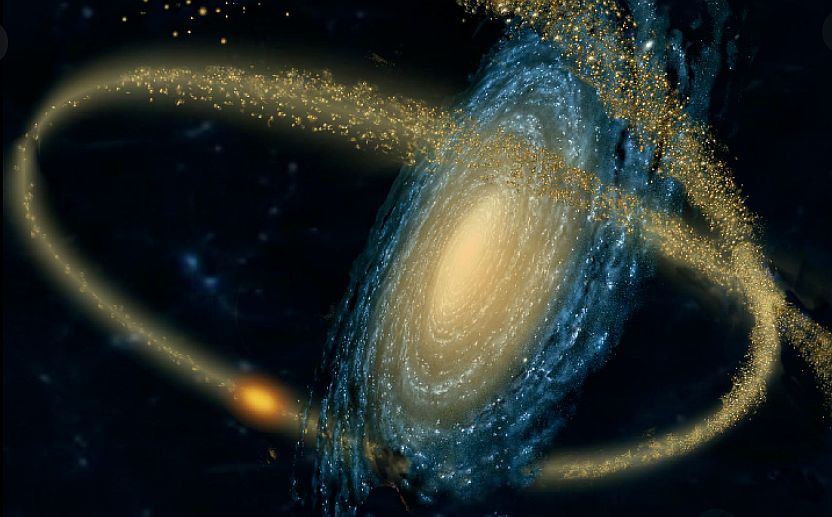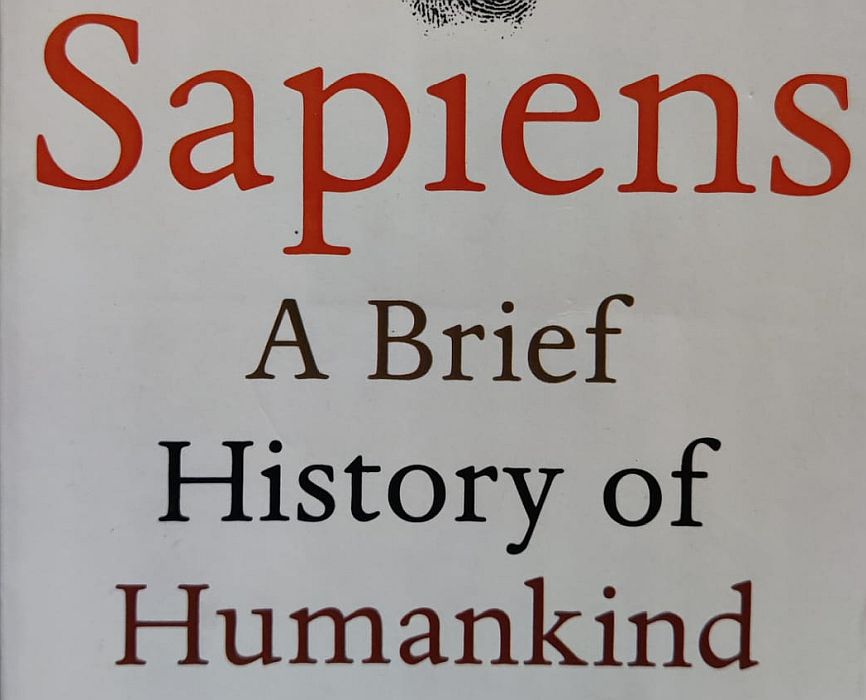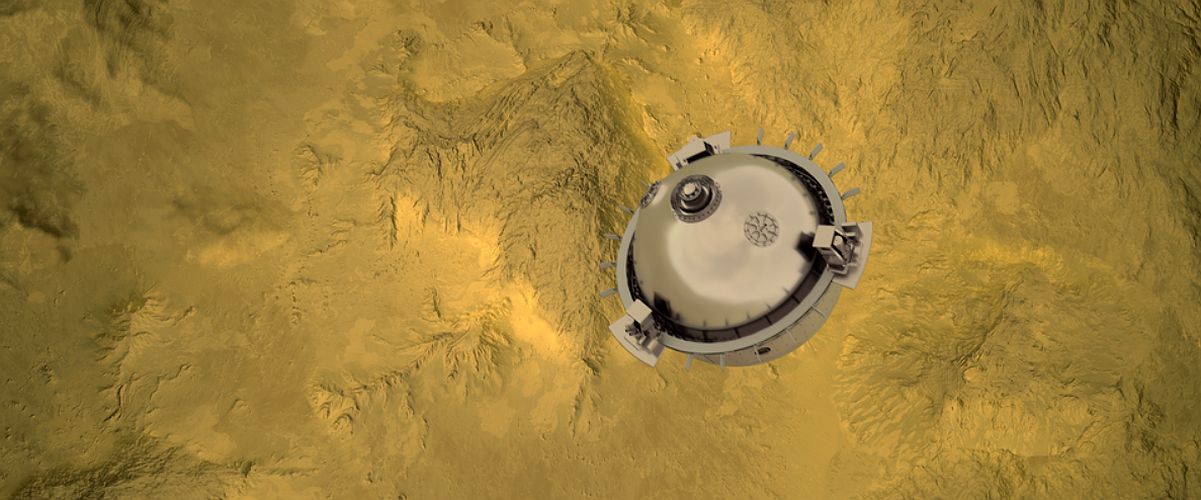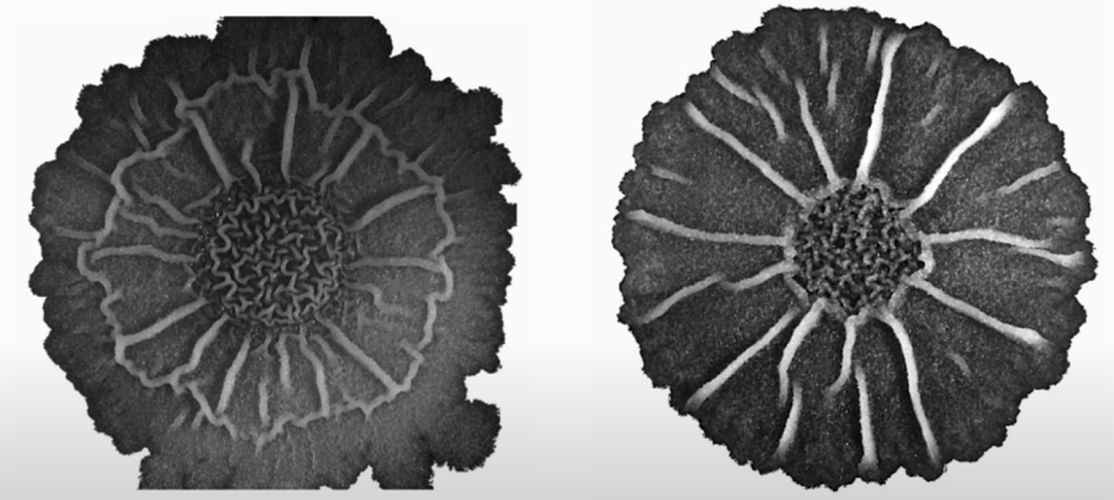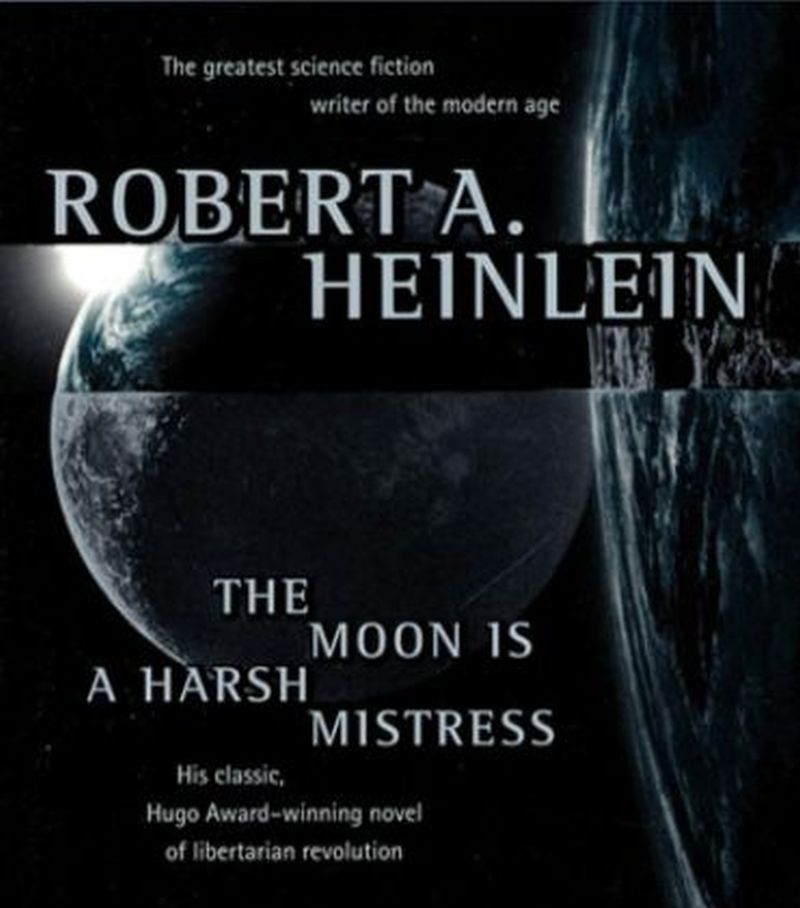The Structure of Scientific Revolutions is one book that talks about how science progresses. In addition, it also lays stress on the structure of its history.
Read MoreYear: 2022
Skin-Integrated Electronics to Capture Haptic Feedback: Human-Machine Interfaces
To control a remote robot via electromechanical devices, require the operator to wear huge and at times bulky gear. To make things easier, researchers from Hong Kong and China have fabricated a flexible skin patch, which has an ability to provide haptic feedback. Now not only the user can receive feedback from another (human) user but also from a robot to be more specific, haptic feedback from remotely controlled robot.
Read MoreHuge Gas Planet Hidden in Plain Sight: TOI-2180 b
Hunt for a new stellar body is always on. Space is full of astronomical bodies and star gazers continuously search for new stars and planets into the known realm of humanity. In one such effort, an astronomer at University of California, Riverside in collaboration with a group of citizen scientists have spot a huge gas planet. The newly discovered body is otherwise hidden from view by typical stargazing tools.
Read MoreDNA Mutations are Not Random: Genetics Challenges Evolutionary Theory
Plant evolves to protect itself, there is no random mutation at DNA level. In a collaborative effort, researchers from University of California, Davis, and the Max Planck Institute for Developmental Biology in Germany concluded that when it comes to mutations, there is no such thing as randomness. In fact, it is in a non-random way that benefits the plant, claimed Grey Monroe, an assistant professor in the UC Davis Department of Plant Sciences.
Read MoreBook Review: Contact by Carl Sagan
Last year I saw the movie, Contact. And I found the plot very propulsive, so decided to read the book written by Carl Sagan. Like a teenager, I’m equally fascinated with the idea of space exploration and extra-terrestrial life/intelligence. And reading Contact was surely a treat.
Read MoreStellar Streams’ Trajectory Reveals the Dark Matter: Mysterious Universe
Understanding the properties of dark matter is the most important quest for astronomers. Many have dedicated their years to research just to take a sneak peek into what actually comprises of dark matter. In a recent research, astronomers have detected twelve streams of stars spiralling within the outermost region of our galaxy.
Read MoreBook Review: Sapiens, A Brief History of Humankind by Yuval Noah Harari
Homosapiens a.k.a we humans are the dominant specie today because we can create mythologies and tell stories. Sapiens: A Brief History of Humankind by Yuval Noah Harari is an interesting read, where the author interweaves science and the humanities together to make us see where we have reached today from once being the hunter gatherers.
Read MoreVenus could be a Life-bearing Planet: Space Exploration
Space scientists have always looked up to our closest planet neighbour and wondered what if there is life on Venus. Sanjay Limaye, from University of Wisconsin-Madison Space Science also an expert on Venus says that in the coming decade in a collective effort, astronomers all across the globe will make case for exploring the “evening star”. With an experience of over 45 years, Limaye’s core investigation is the planet’s dense atmosphere.
Read MoreBacterial Biofilm is a Complex Community: Selective Sporulation
Structural organisation has always been the hallmark of complex organisms, this however is not the case anymore. Researchers at University of California, San Diego have discovered that bacterial biofilms are not at all simple but is a complex community, which has a direct relationship with its external settings.
Read MoreBook Review: The Moon is a Harsh Mistress by Robert A. Heinlein
The Moon is a Harsh Mistress happens to be my first peek into Heinlein’s work. The book is embedded with wonderful interstellar imagination – artificial intelligence, extra-terrestrial colonization, and interplanetary warfare.
Read More
